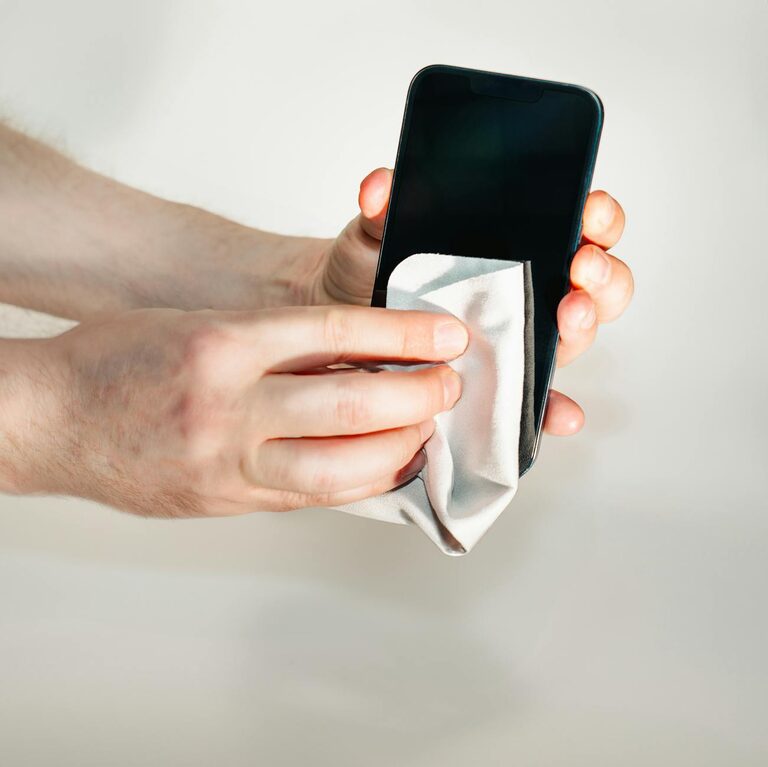Keeping your phone and keyboard clean is essential not only for hygiene but also to maintain your devices in good working condition. Since we use these items daily, they accumulate dirt, dust, oils, and germs. However, cleaning them improperly can cause damage. This guide walks you through safe and effective ways to clean your phone and keyboard without risking harm.
Why Cleaning Your Devices Regularly Matters
Phones and keyboards are hotspots for bacteria and viruses because we touch them frequently—often in various places like our hands, desks, or even bathrooms. Dust and debris can also interfere with keyboard keys or phone ports, affecting performance. Regular cleaning prevents buildup and keeps your devices looking new.
—
What You’ll Need
Before starting, gather the following supplies:
– Microfiber cloths (soft and lint-free)
– Isopropyl alcohol solution (70% or less)
– Distilled water
– Cotton swabs or soft brushes
– Compressed air canister (optional)
– Gentle dish soap (optional)
– Disposable gloves (optional)
Avoid harsh chemicals, paper towels, or abrasive materials as they can scratch screens or damage plastics.
—
How to Clean Your Phone Safely
Phones have sensitive touchscreens and openings that require gentle handling.
Step 1: Power Down Your Phone
Turn off your device and unplug any cables. This minimizes risks of short circuits or accidental inputs.
Step 2: Remove Case and Accessories
Take off phone cases, screen protectors, or any attachments to clean separately.
Step 3: Dust Off with Compressed Air or Brush
Use compressed air or a soft brush to clear dust from speakers, charging ports, and buttons. Hold the can upright and spray briefly from a small distance.
Step 4: Prepare Cleaning Solution
Mix a solution of 50% distilled water and 50% isopropyl alcohol in a spray bottle. Never spray directly onto the phone.
Step 5: Wipe the Screen and Body
Lightly dampen a microfiber cloth with the solution and gently wipe your phone’s screen and body surfaces. Avoid excess moisture. For stubborn spots, apply slight pressure but don’t scrub hard.
Step 6: Clean the Case Separately
Wash phone cases with mild dish soap and water, then dry thoroughly before reinstalling.
Step 7: Dry and Reassemble
Wait for your phone and accessories to dry completely before powering on or reconnecting.
—
How to Clean Your Keyboard Safely
Keyboards, especially mechanical or laptop keyboards, trap dust and crumbs under the keys.
Step 1: Unplug or Power Off
If using an external keyboard, unplug it. For laptops, shut down and disconnect power.
Step 2: Remove Loose Debris
Turn the keyboard upside down and gently shake it to remove loose particles. You can also use compressed air to blow dust from between keys.
Step 3: Use a Soft Brush
A clean, dry paintbrush or makeup brush works well to loosen dirt around keys.
Step 4: Wipe the Surface
Lightly dampen a microfiber cloth with the same 50/50 water-alcohol solution and wipe over keys and keyboard body. Avoid letting any liquid seep beneath the keys.
Step 5: Clean Between Keys
Dip a cotton swab in the solution (squeeze excess liquid) and carefully clean spaces between keys and other tight areas.
Step 6: Dry Thoroughly
Make sure the keyboard is completely dry before plugging back in or powering up.
—
Additional Tips for Device Hygiene
– Wash your hands before using your devices to reduce oil and dirt transfer.
– Avoid eating near your keyboard or phone to prevent crumbs and spills.
– Clean devices regularly—once a week works well for most people.
– Store devices in clean areas to minimize dust buildup.
—
Summary
Cleaning your phone and keyboard safely protects your devices and keeps them hygienic. Always power down first, use gentle cleaning solutions, and avoid harsh chemicals or excessive moisture. With the right tools and care, your gadgets will stay clean and functional for a long time.
—
By following these steps, you can maintain clean and healthy devices without any risk of damage. Happy cleaning!

